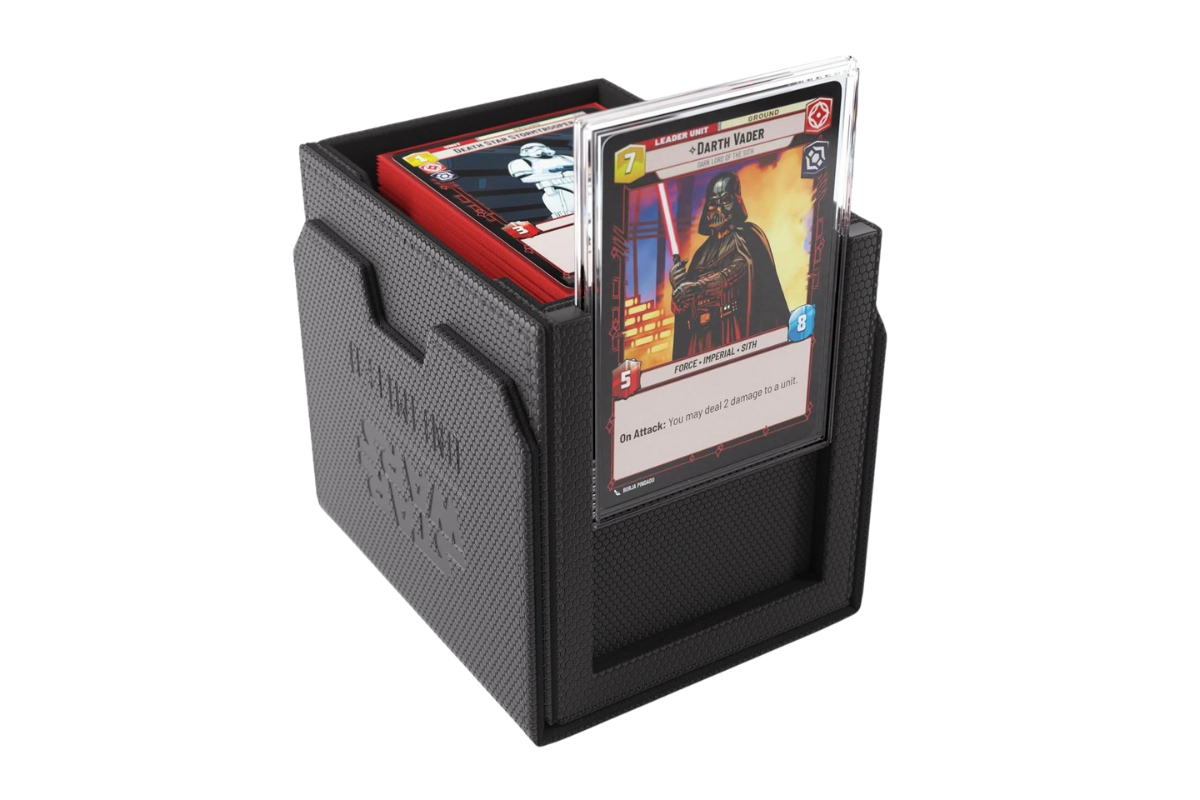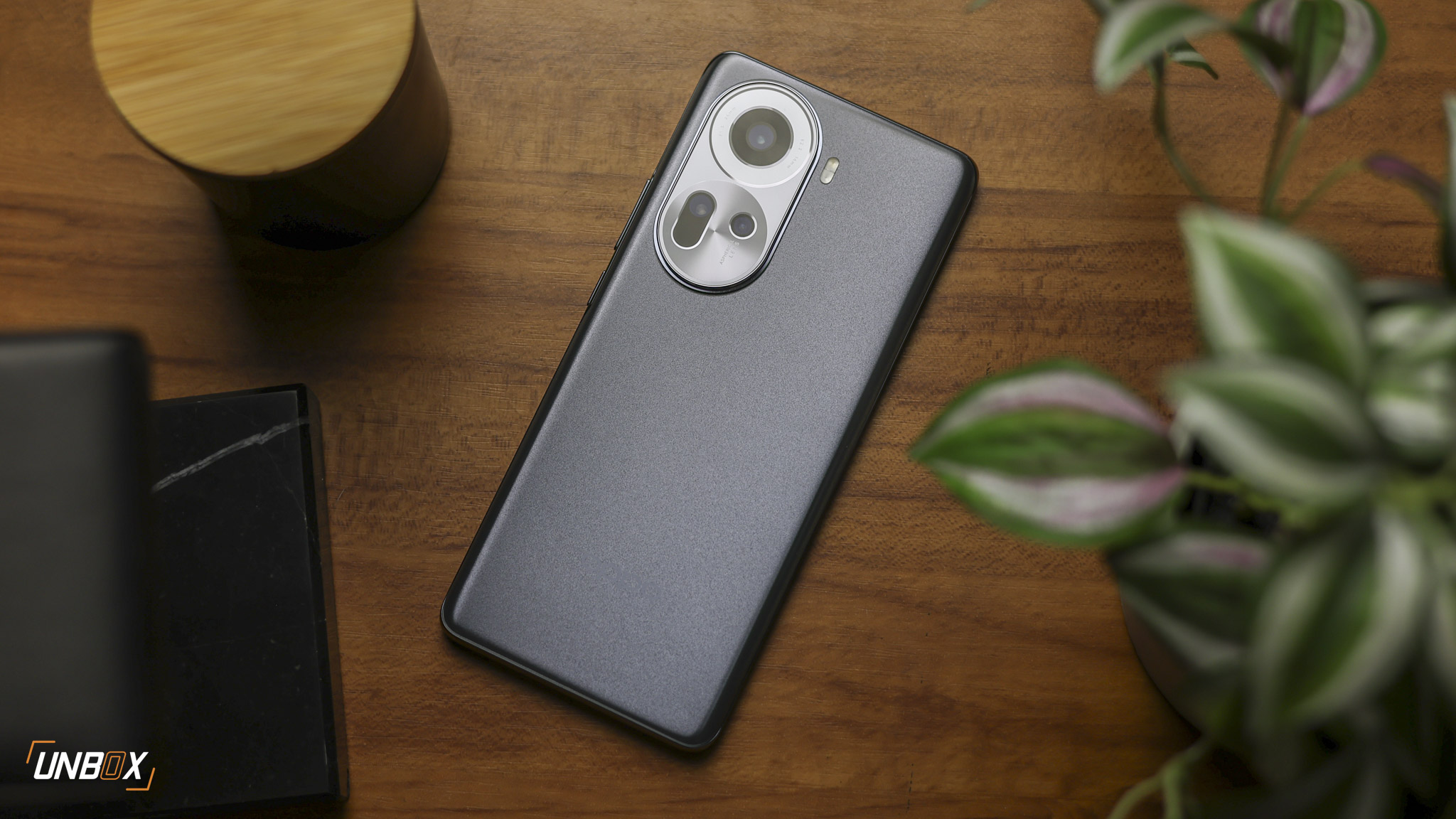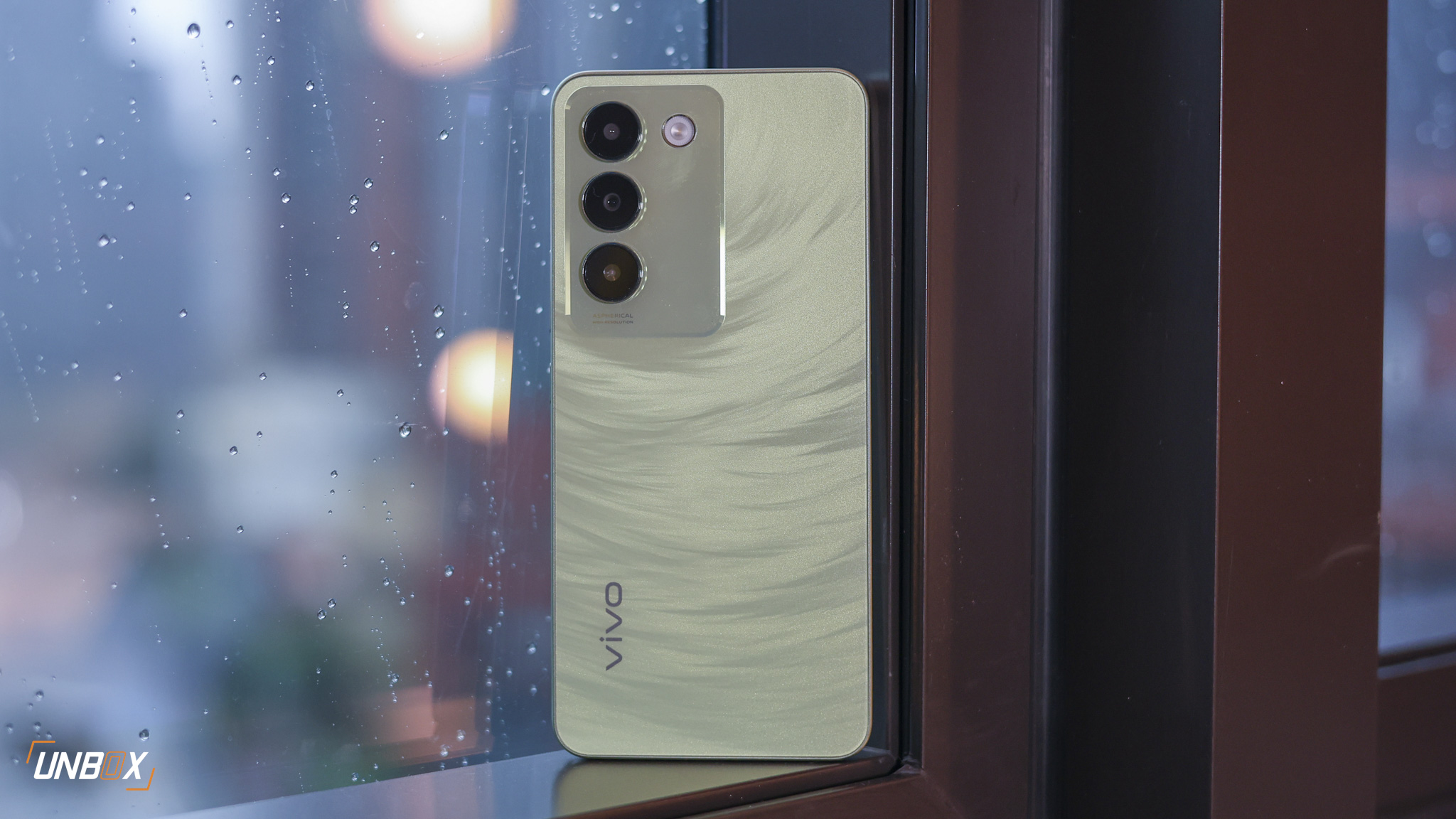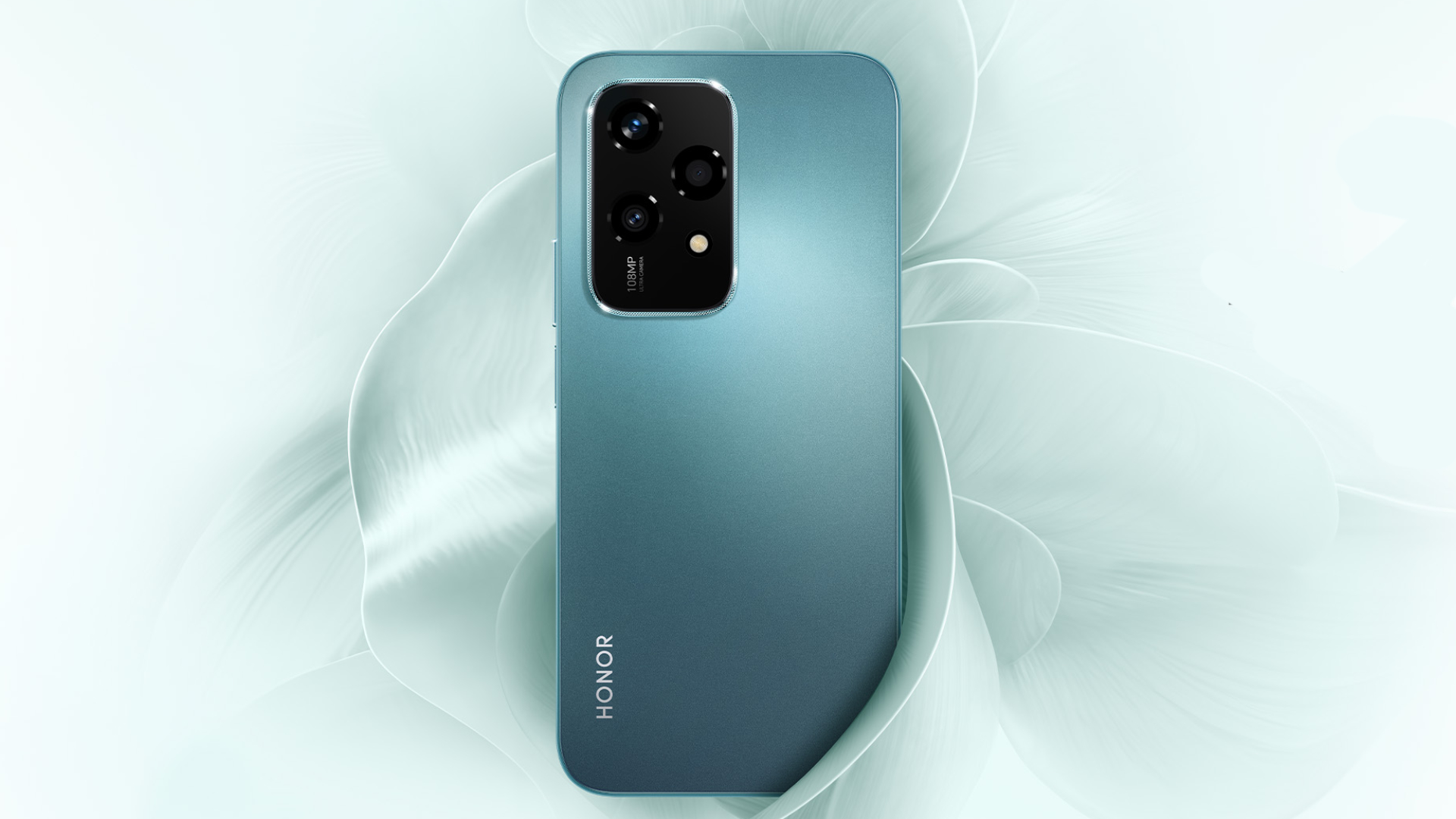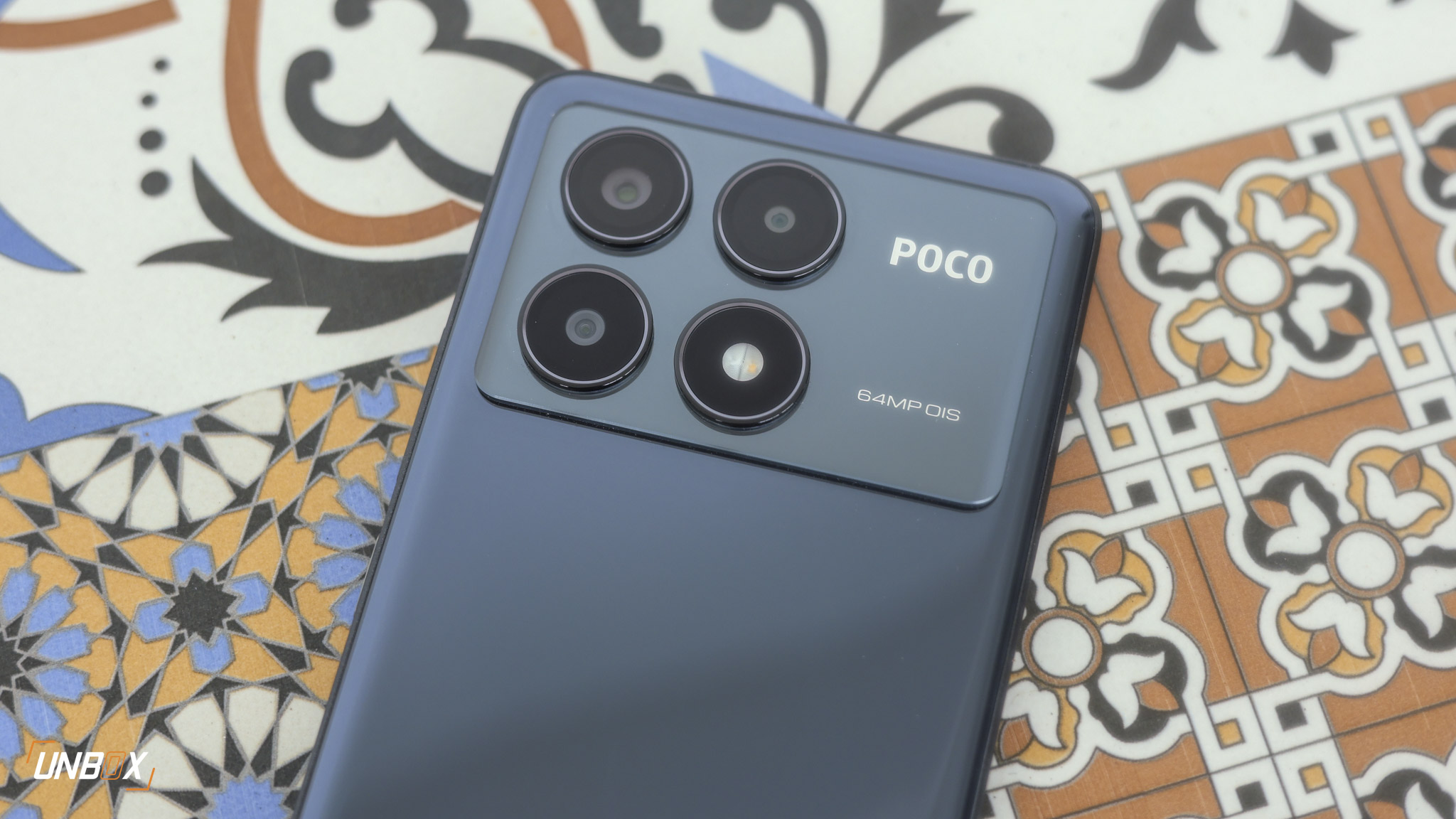For the second part of our How To Protect Your Cards series, I’m going to discuss the basics of deck boxes – what you need to know about them, and what to look for and consider when buying one.
What’s a deck box? Well, within the context of Trading Card Games, it’s a small box… where you put your deck in for safe storage. It’s normally a bad idea to tie up your cards, and throw them in the bag, or keep them in resealable plastic. This is because even with card sleeves, cards being bumped around the other contents of your bag can damage them, or at the very least crease, deform, or tear the sleeves.
Deck boxes are built with the size of most trading card games in mind. They come in a range of brands, designs, colors, and features so there are a ton of options to choose from. Later on, I’ll recommend some of the ones I like, but before that let’s look at the characteristics of a good deck box.
Durability
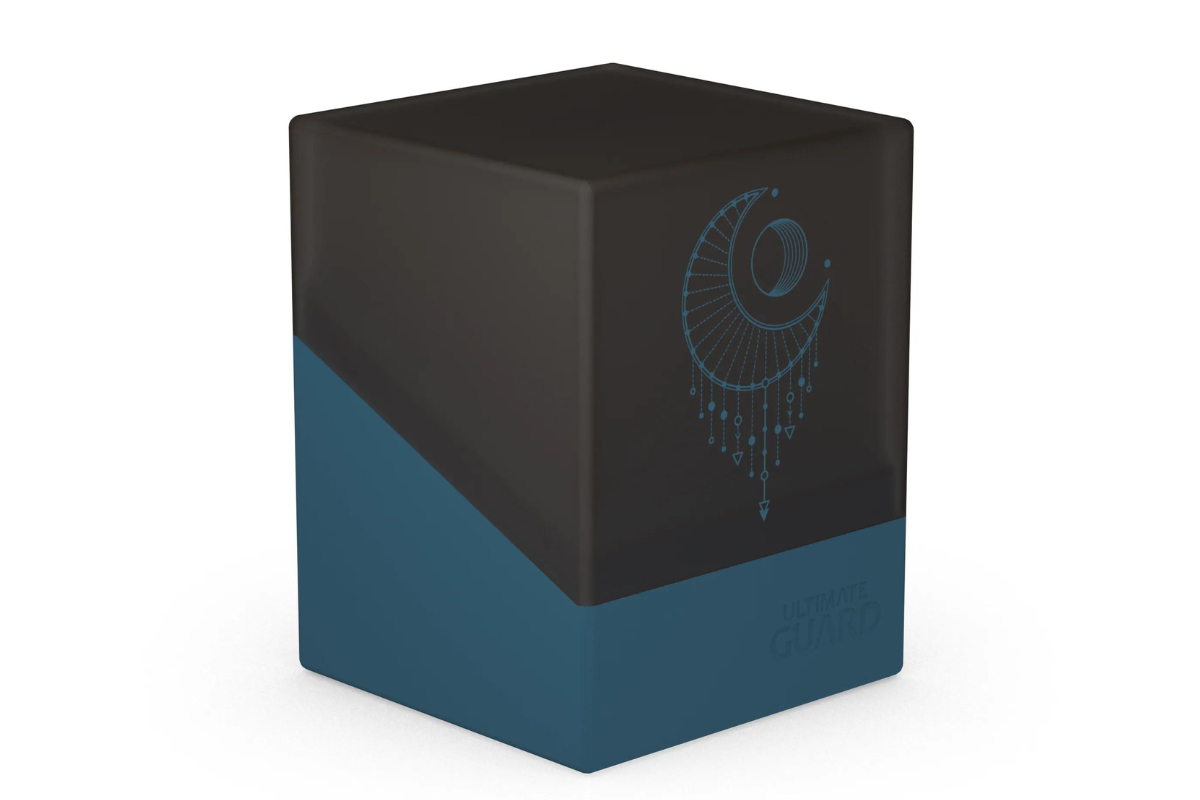
Probably the most important aspect when discussing how to protect your cards with deck boxes – it has to not only contain your cards but also keep them safe. However, they don’t have to be made of titanium – they just have to be strong enough to withstand the rigors of daily gaming life like getting bumped into things, or having other stuff spilled or placed on top of them.
The good news is most deckboxes (unless they’re suspiciously cheap and flimsy) pass this test, so this is one of the least of our worries. Still, some opt to have the toughest deck box in the market available, and I’ve seen friends carry their precious decks in metal deck boxes for their peace of mind.
Material
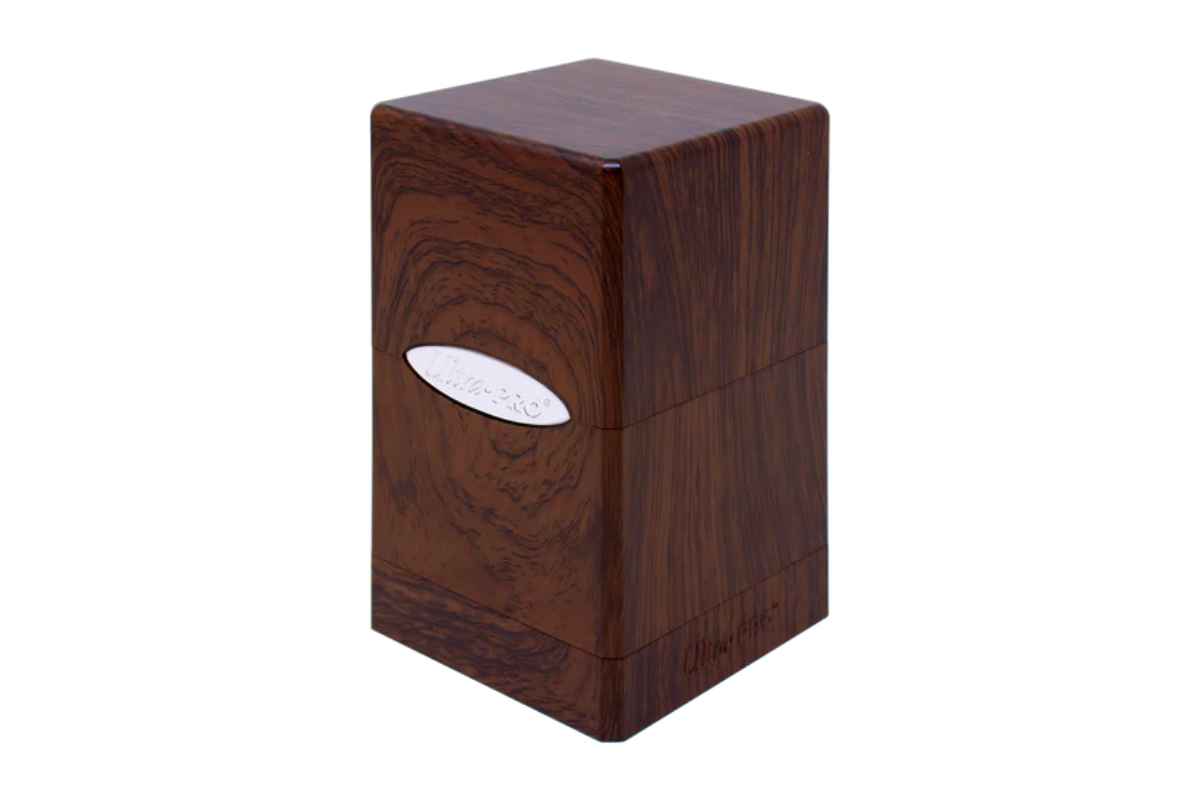
Deck boxes are typically constructed using durable plastics of varying thicknesses, although some are also crafted from exotic materials such as metal or wood. The high-end deck boxes are often lined with materials like faux leather, satin, or proprietary options such as Ultimate Guard’s Xenoskin on the exterior, and a microfiber lining on the interior.
Closing Mechanism
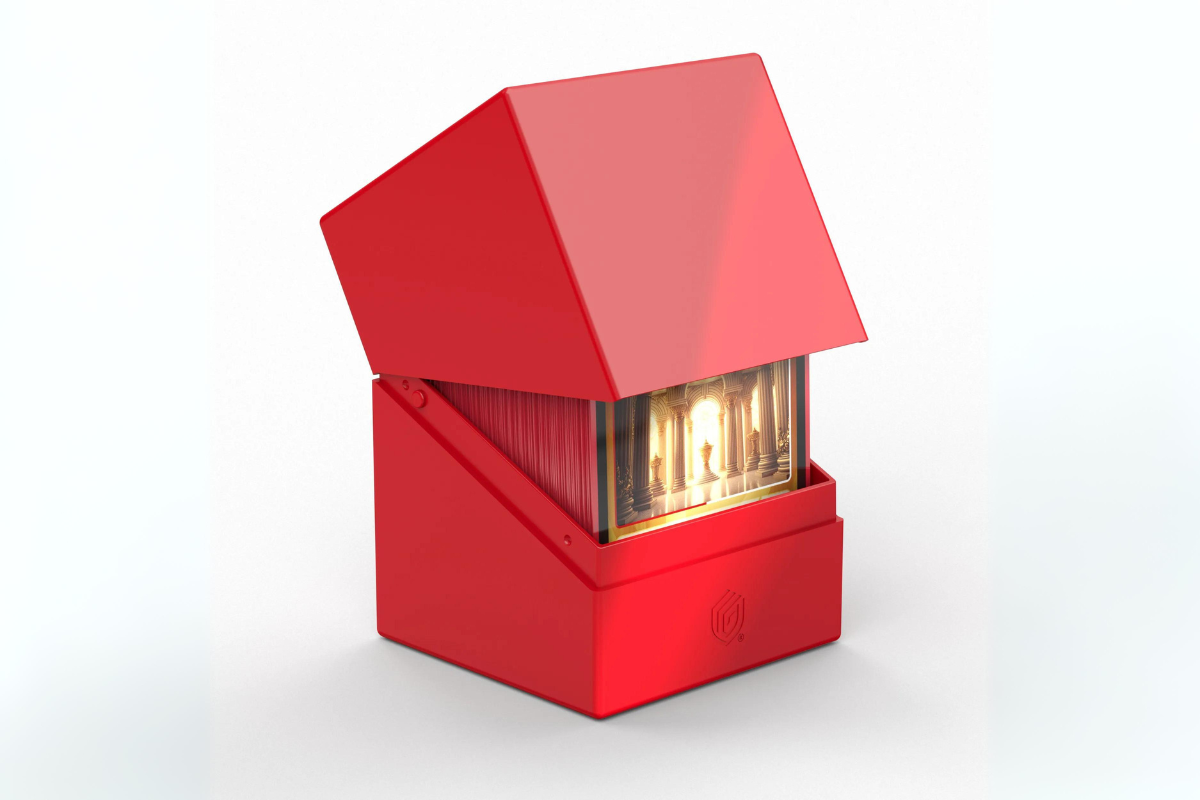
While most deck boxes don’t have actual locks or space for them, it’s still important that they have a reliable mechanism that allows the box to close firmly. After all, you don’t want the contents to be spilling out and getting lost. It’s also important that you can open and close the box easily, after all, you’ll be doing this multiple times a day and it’ll be a chore to take out your cards every time otherwise.
The most common closing mechanism right now especially for premium deck boxes uses flaps with strong magnets to secure their covers in place. It’s by far the most convenient as well since it’s easy to open and close, and as long as the magnet is strong, even a good shake won’t open it.
Other plastic deck boxes use either indents, flaps, folds, or a separate locking mechanic to keep them secured. Some of them are a hassle to open though, so be sure to test out a copy if it’s available.
Capacity
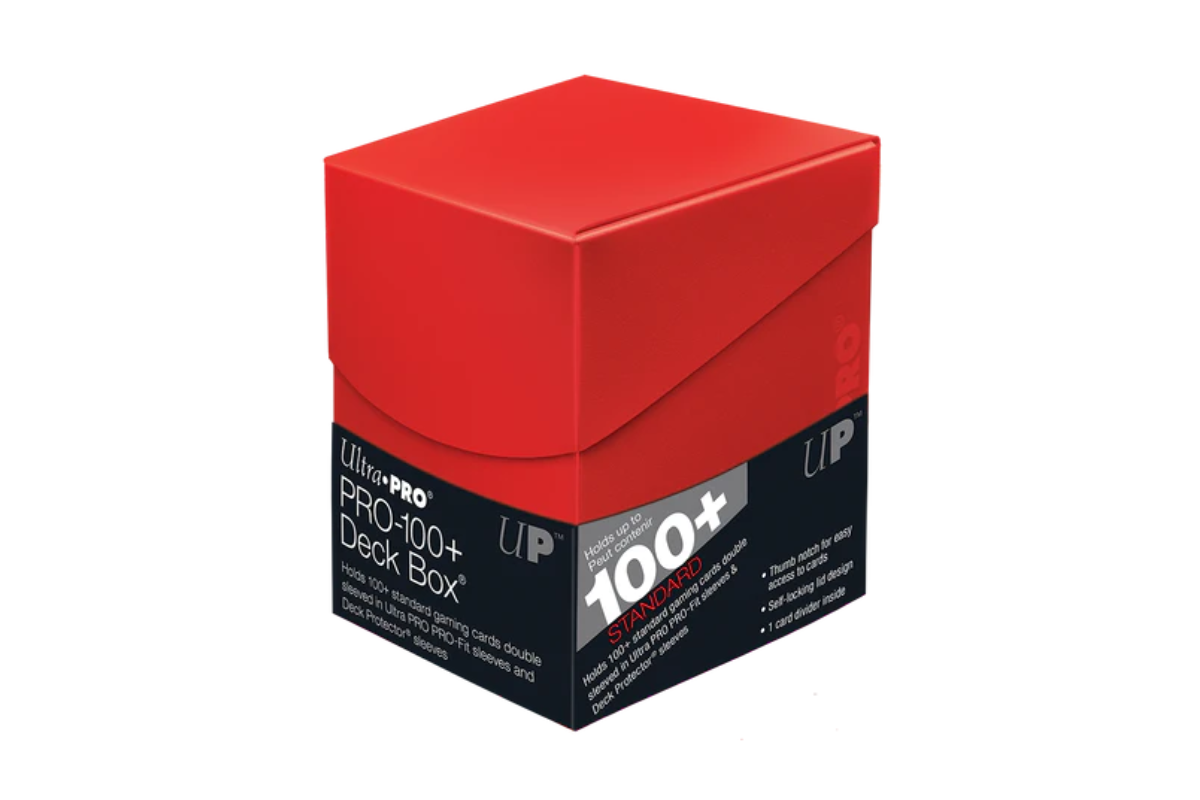
Deck box capacity is often measured by the number of cards you can put inside and if they’re single, double, or triple-sleeved. The default measurement is by sleeved cards and the most common range is 80, 100, and 133 single-sleeved cards. If you need a quick conversion to how many in double-sleeved cards, just subtract around 20 cards from its single-sleeve capacity.
Features / Compatibility
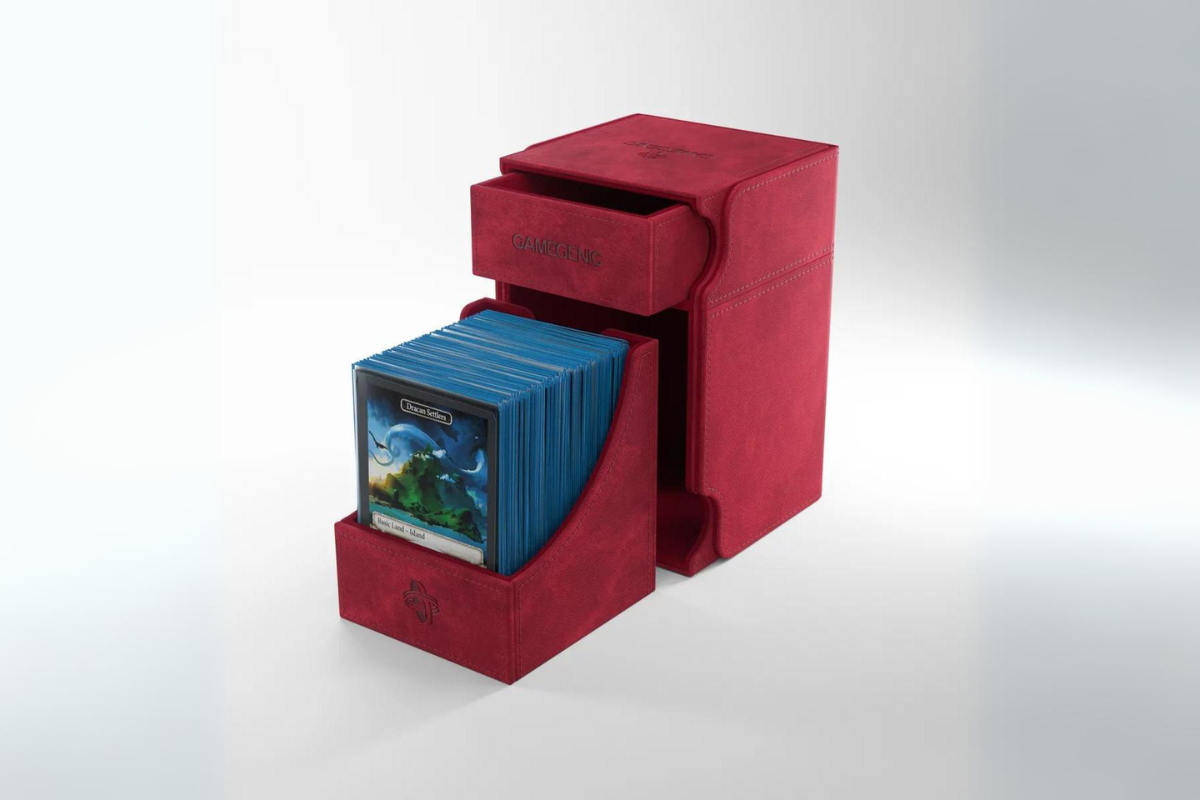
While they’re designed to be used by themselves, some deckboxes have useful little bits that work together when used in multiples, or with other products of the same brand. One of my favorites is the small feet at the bottom of the Japanese plastic deckboxes that fit into the holes on their lids so you can stack multiple of them together securely.
Other deckboxes benefit from being part of a popular design. For example, deck cases like the Quiver Time are designed to fit multiple deck box sizes from its collection, or other well-known brands.
On the other end of the spectrum, some deck boxes have features that make them an end-all-be-all of your gaming needs. Designs like Gamegenic’s Tower, for example, have a compartment that can hold dice so you don’t have to carry them around in a separate container. There are also specialized deckboxes with container slots designed for the needs of specific games.
Price
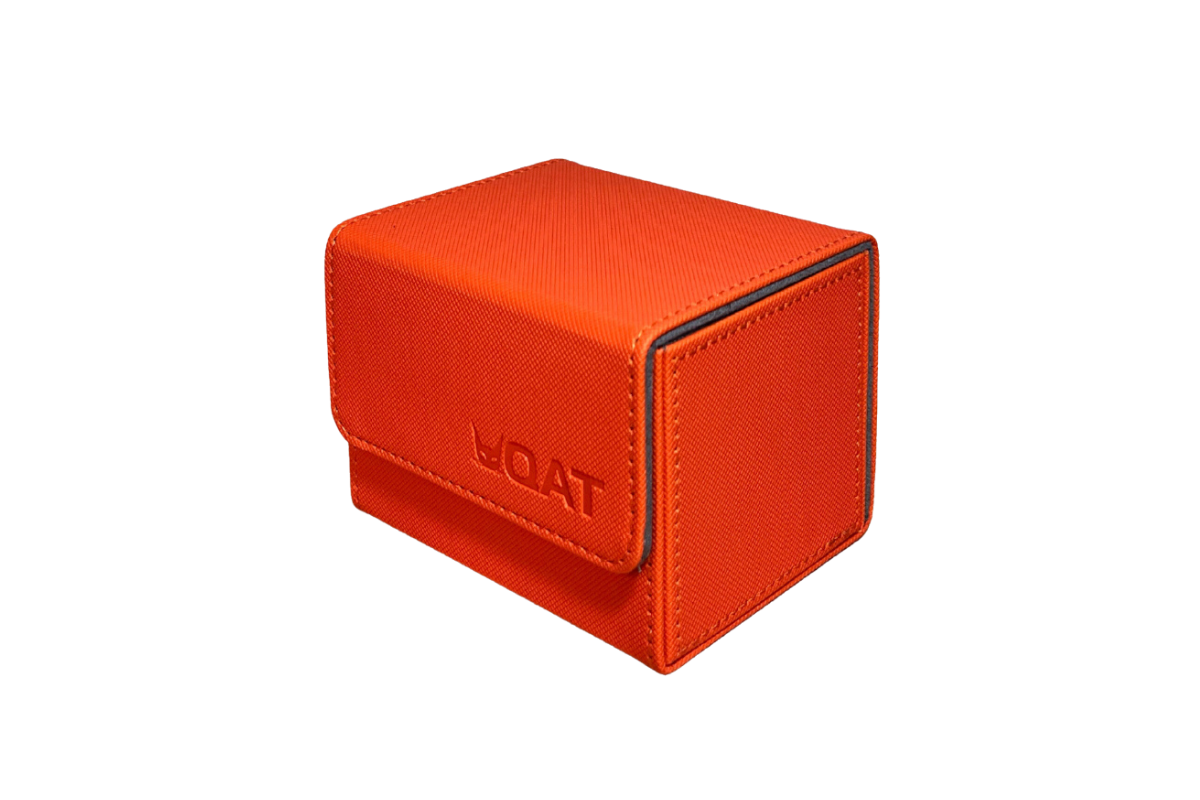
Because everyone’s budget and needs are different, it’s hard to recommend just one deck box to fit all of them. The general rule though is to get the best one that your budget allows and fits your needs. These things last a long time, so think of it as a sort of investment on how to protect your trading cards.
Some Personal Recommendations
Ultimately though, picking deck boxes to protect your cards will always be a question of value.
I tend to buy the best one I can afford for my main deck, taking into account the game I’m playing, how many cards are in it, and the type and number of sleeves I’m using. Generally, a 100+ card capacity would suffice, though a 133+ one is always good to have.
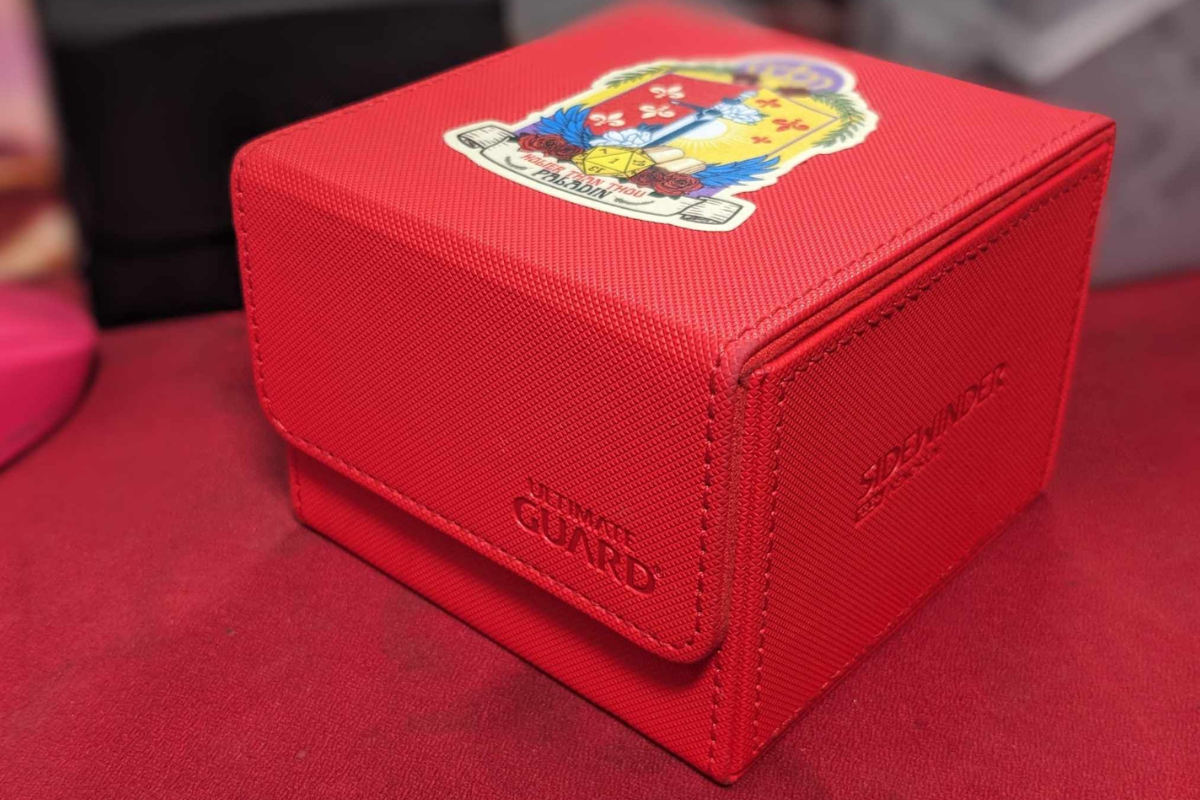
My recommendation: Ultimate Guard’s Sidewinder 133+ Xenoskin. Comes in a variety of colors, has a strong magnet, and the Xenoskin texture feels nice and grippy. I got this from Block 101.
Budget Option: QAT’s 133+ Deck Box. Same storage capacity for half the price, but with a limited choice of colors. I got mine from Unbox Greenhills.
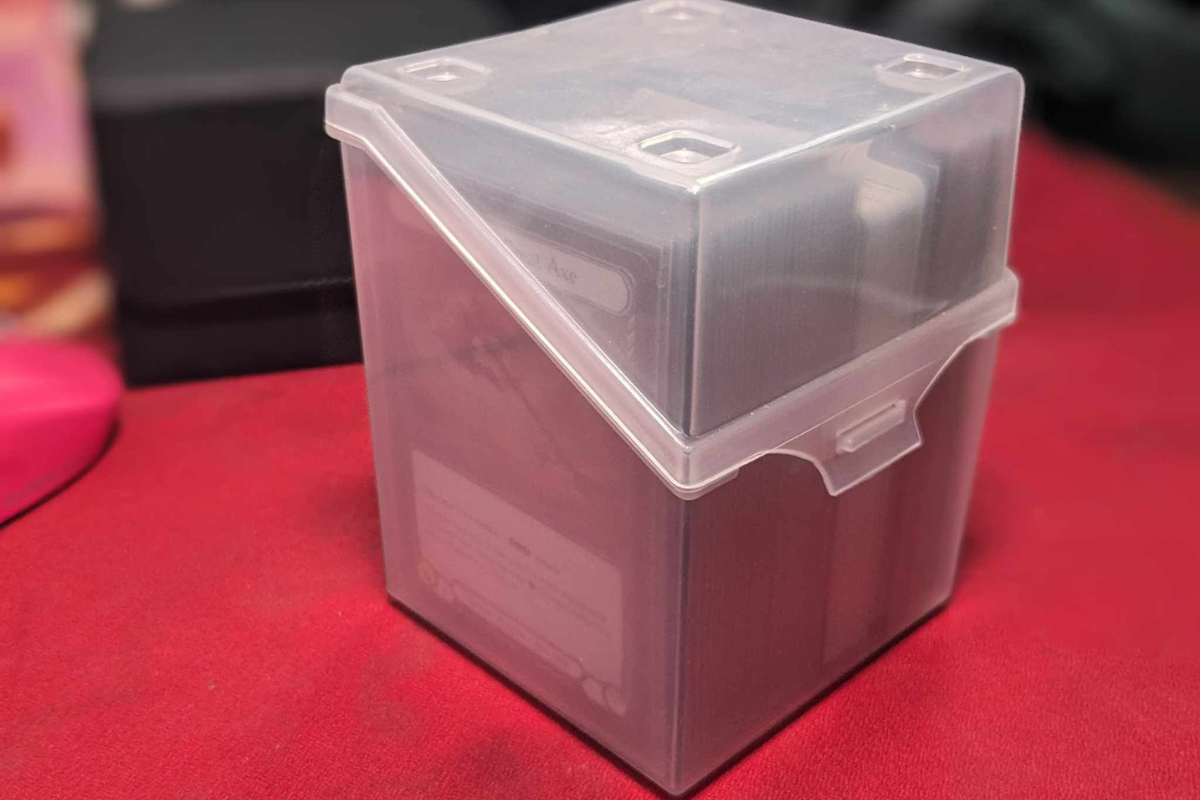
For our other decks or card storage in general, we can go for a few budget options. I play Flesh and Blood TCG, which has multiple character classes, so I divide mine into multiple small deck boxes for easy access. My favorite are the Japanese deck boxes that can stack on top of each other. They’re cheap too – you can buy 10 of these for the price of a premium, branded deck box. Now I can’t read Japanese and I don’t know what they’re exactly called, but when you search for the term Japanese Deck Box in Lazada or Shopee, this will eventually pop up.
My recommendation: Japanese Deck Box
If you prefer a Sidewinder-like option, there are generic brands of these being sold on online shopping platforms at cheaper prices. Just search for “deck box” and you’ll see lots of these. I think they’re a step down in quality from the branded ones, but still good for general card storage.
Now that you’ve learned about deck boxes, let’s talk about card sleeves from my previous guide!
Read More:
–How To Protect Your Cards With Sleeves – A Guide
Don’t have a Trading Card Game yet to sleeve or put in a deck box? Let’s change that by picking some of the best this year.


